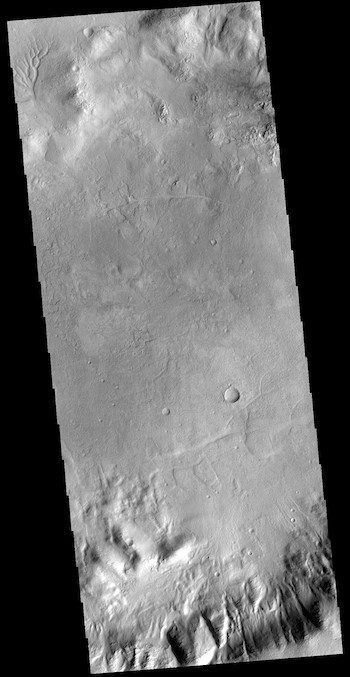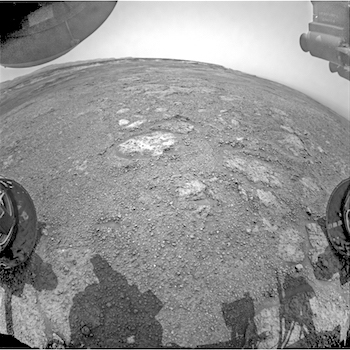Navigation software destined for the ExoMars 2020 mission to the Red Planet has passed a rover-based driving test at ESA’s ‘Mars Yard.’
ESA’s ExoMars rover will drive to multiple locations and drill down to two metres below the surface of Mars in search of clues for past life preserved underground.
A half-scale version of the ExoMars rover, called ExoMars Testing Rover (ExoTeR), manoeuvred itself carefully through the red rocks and sand of the 9 x 9 m ‘Planetary Utilisation Testbed,’ nicknamed the Mars Yard, part of ESA’s Planetary Robotics Laboratory at ESTEC in the Netherlands.
Carefully calculating its onward route, ExoTeR progressed at a rate of 2 m per minute – still several times faster than the actual ExoMars rover will drive, which will progress at 100 m per martian day…. [More at link]















